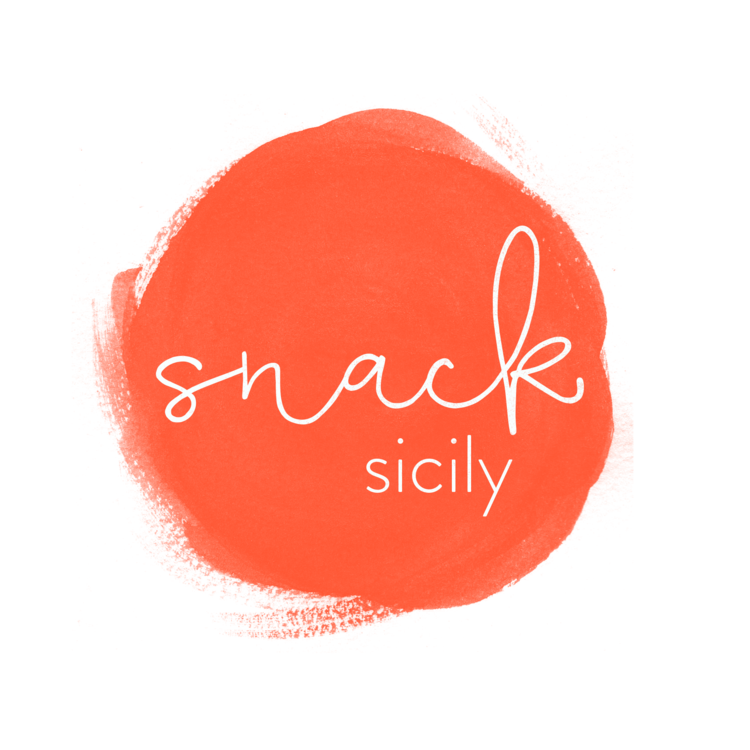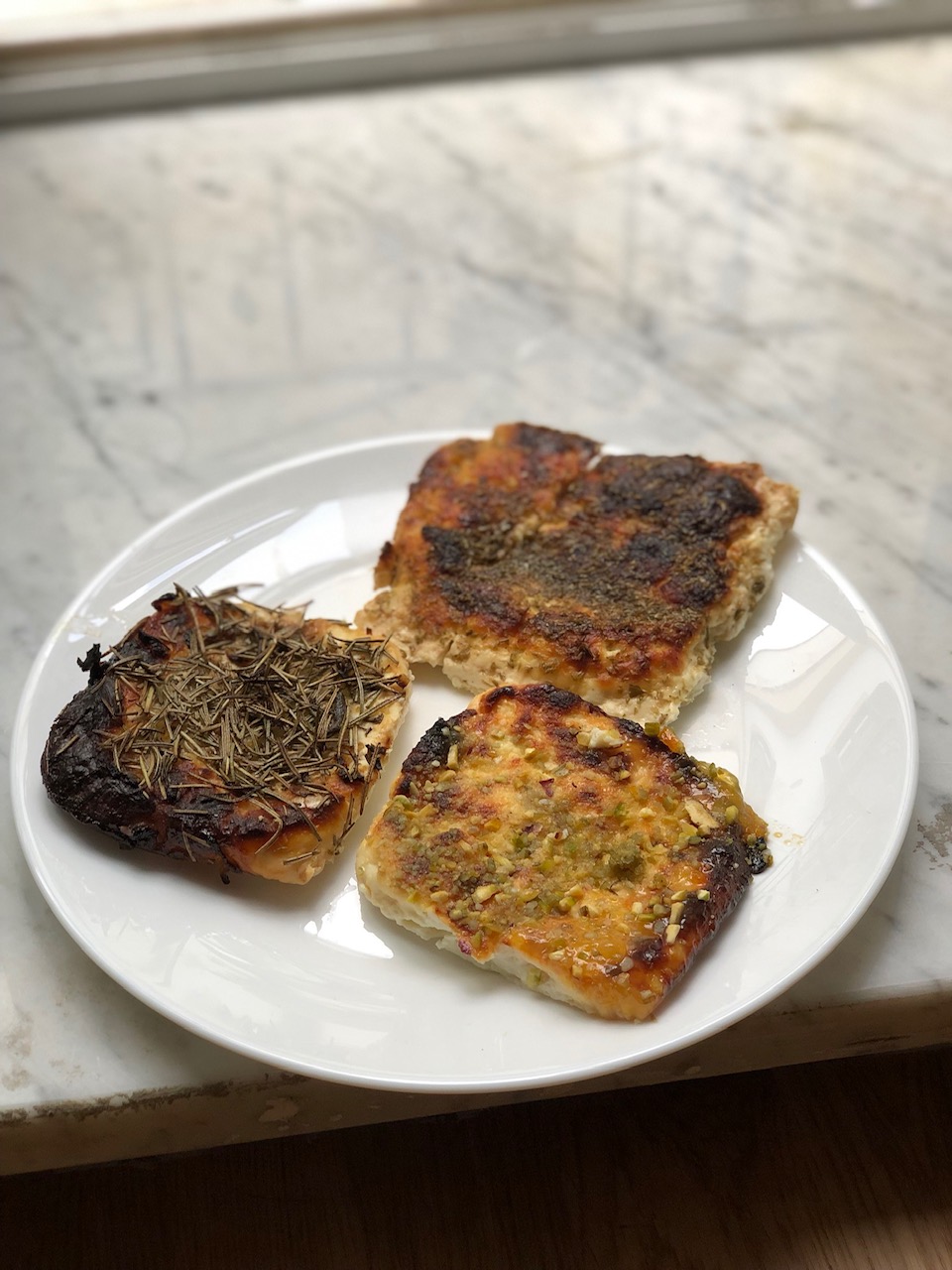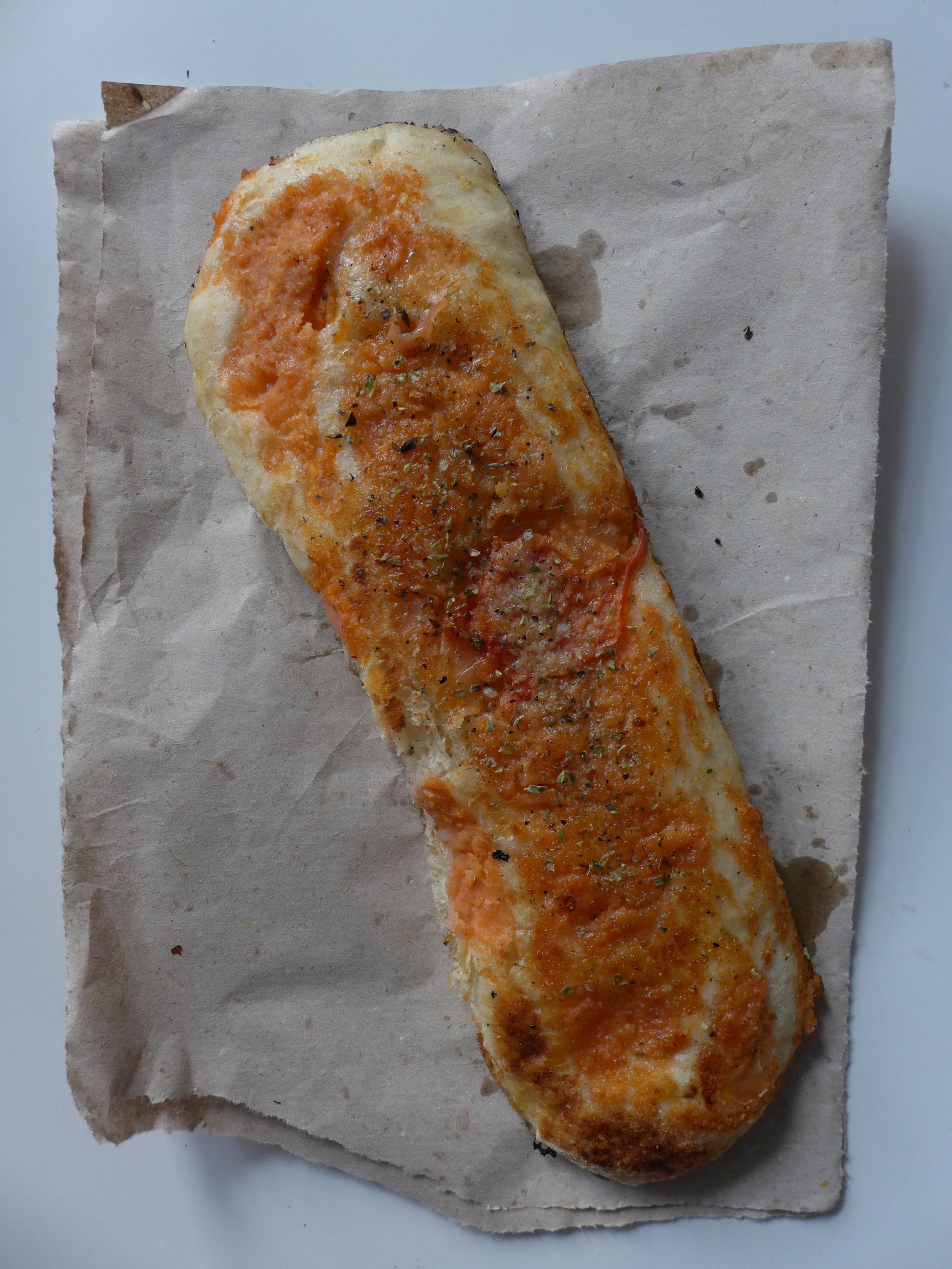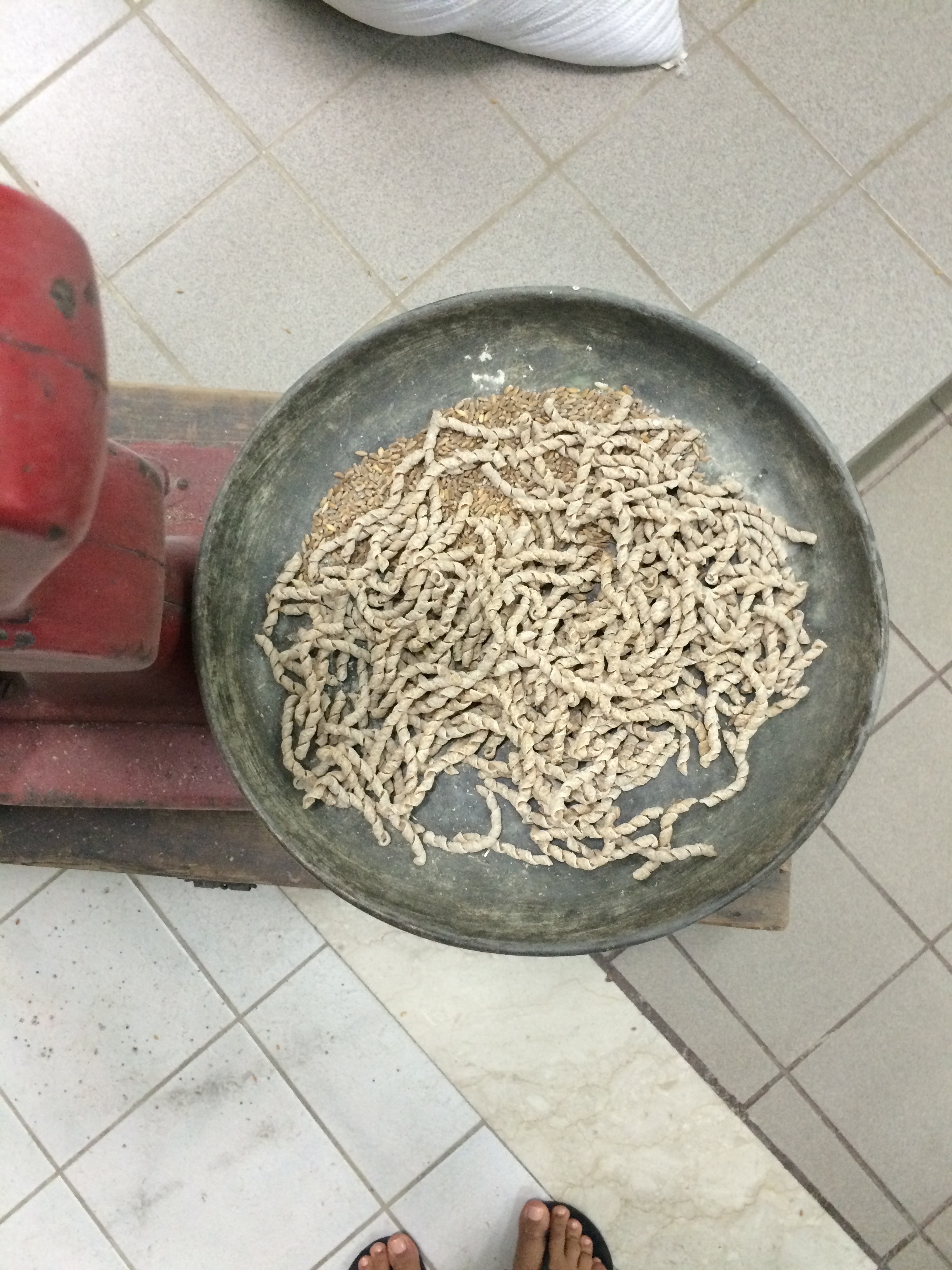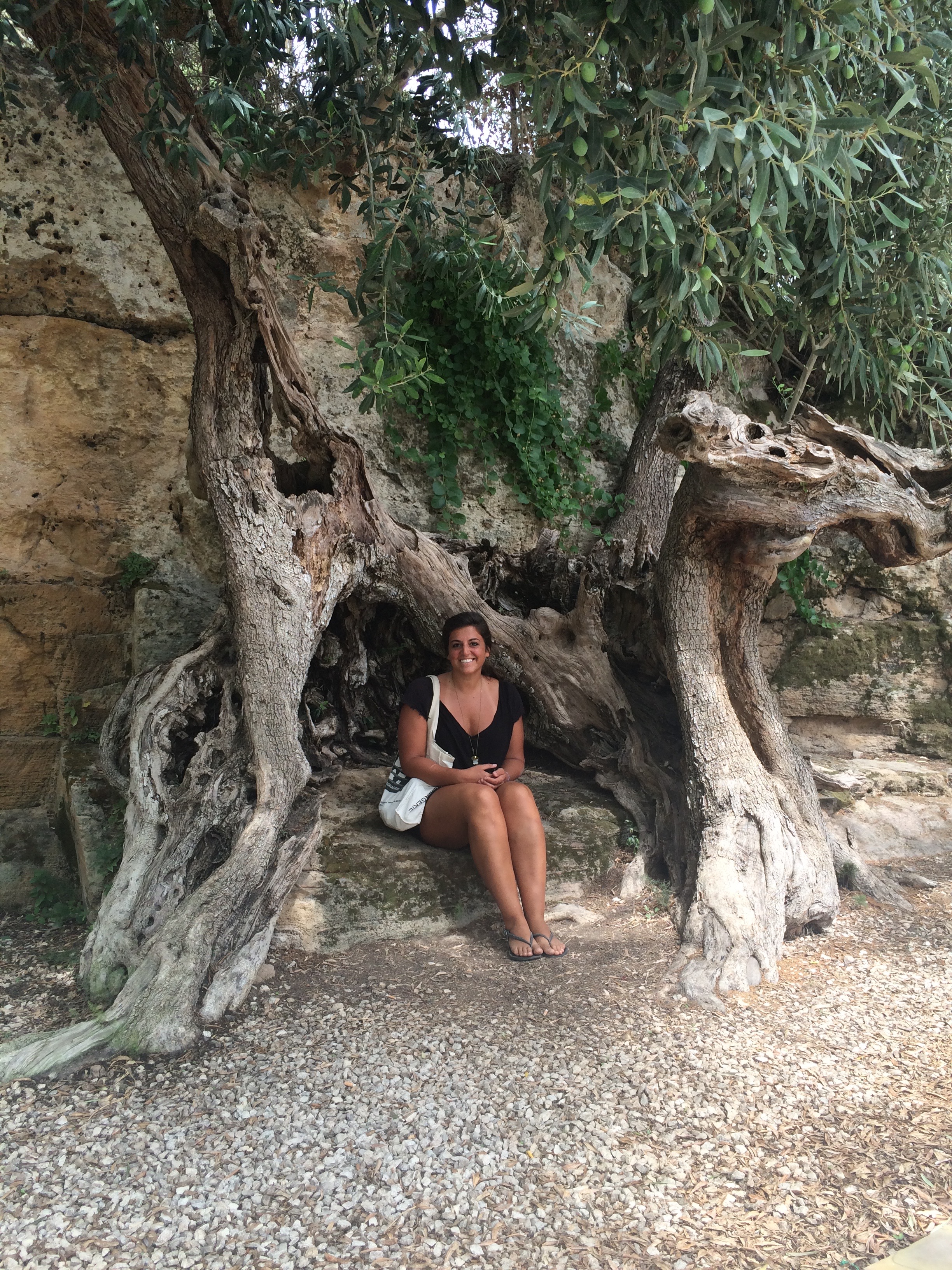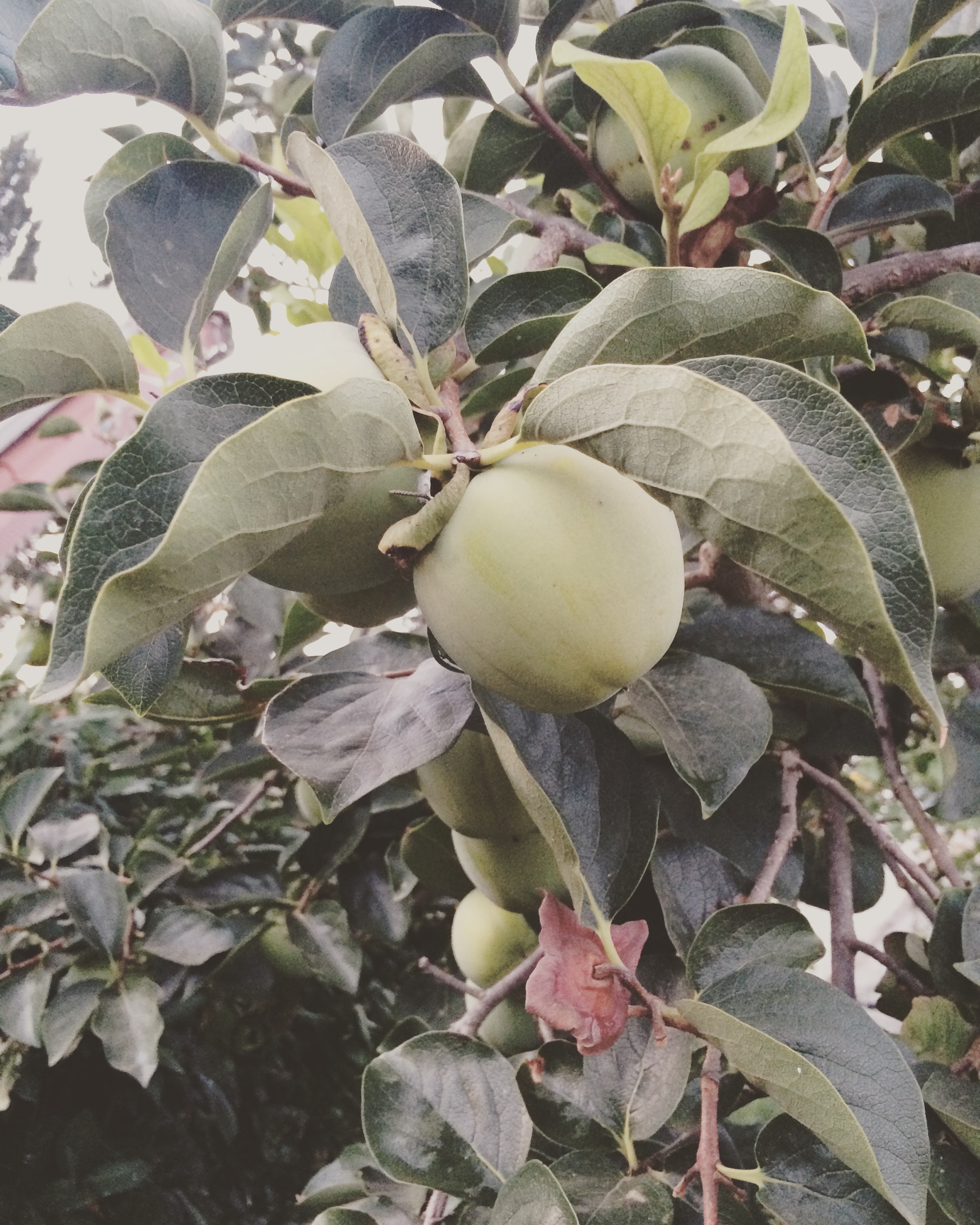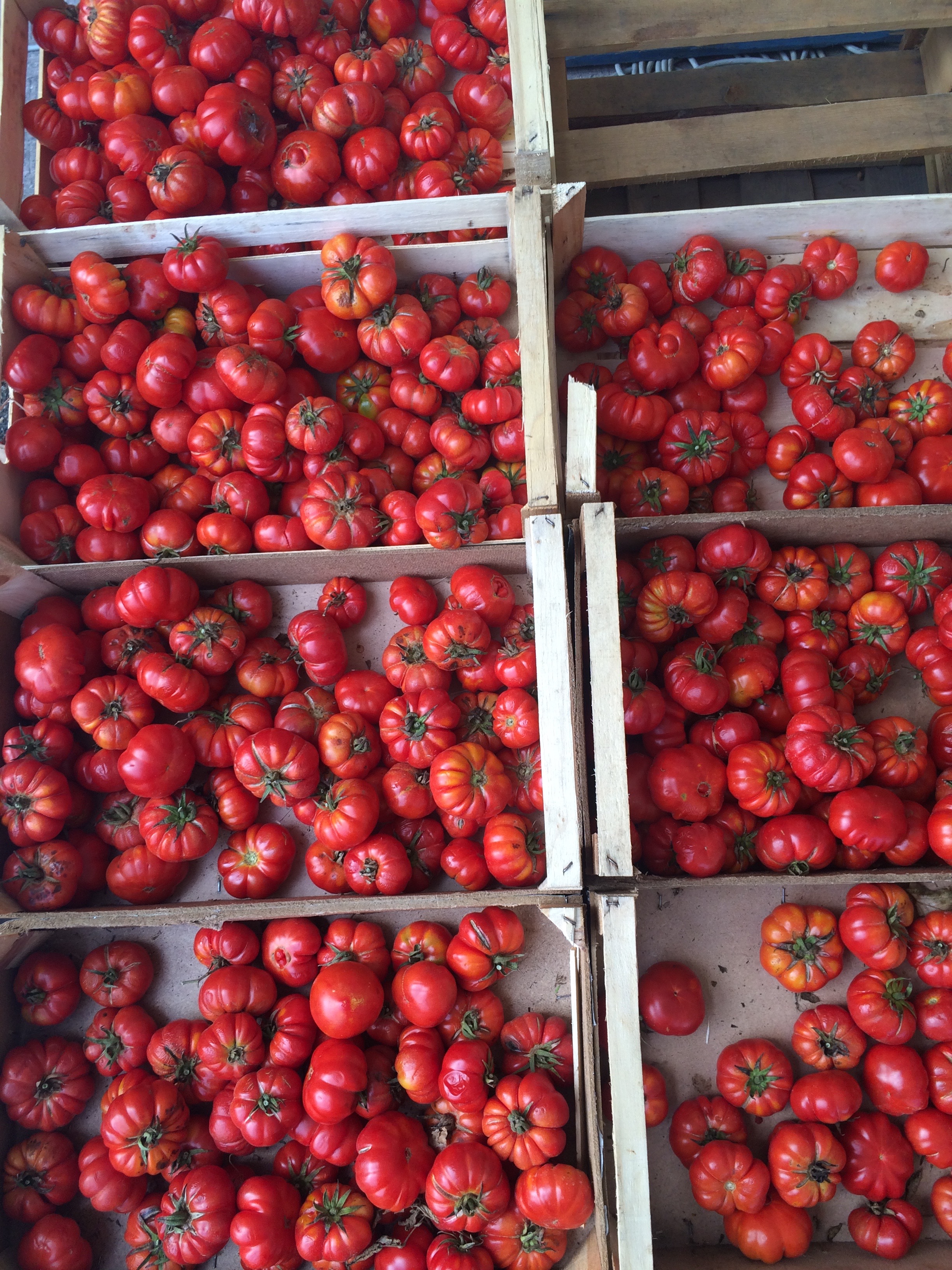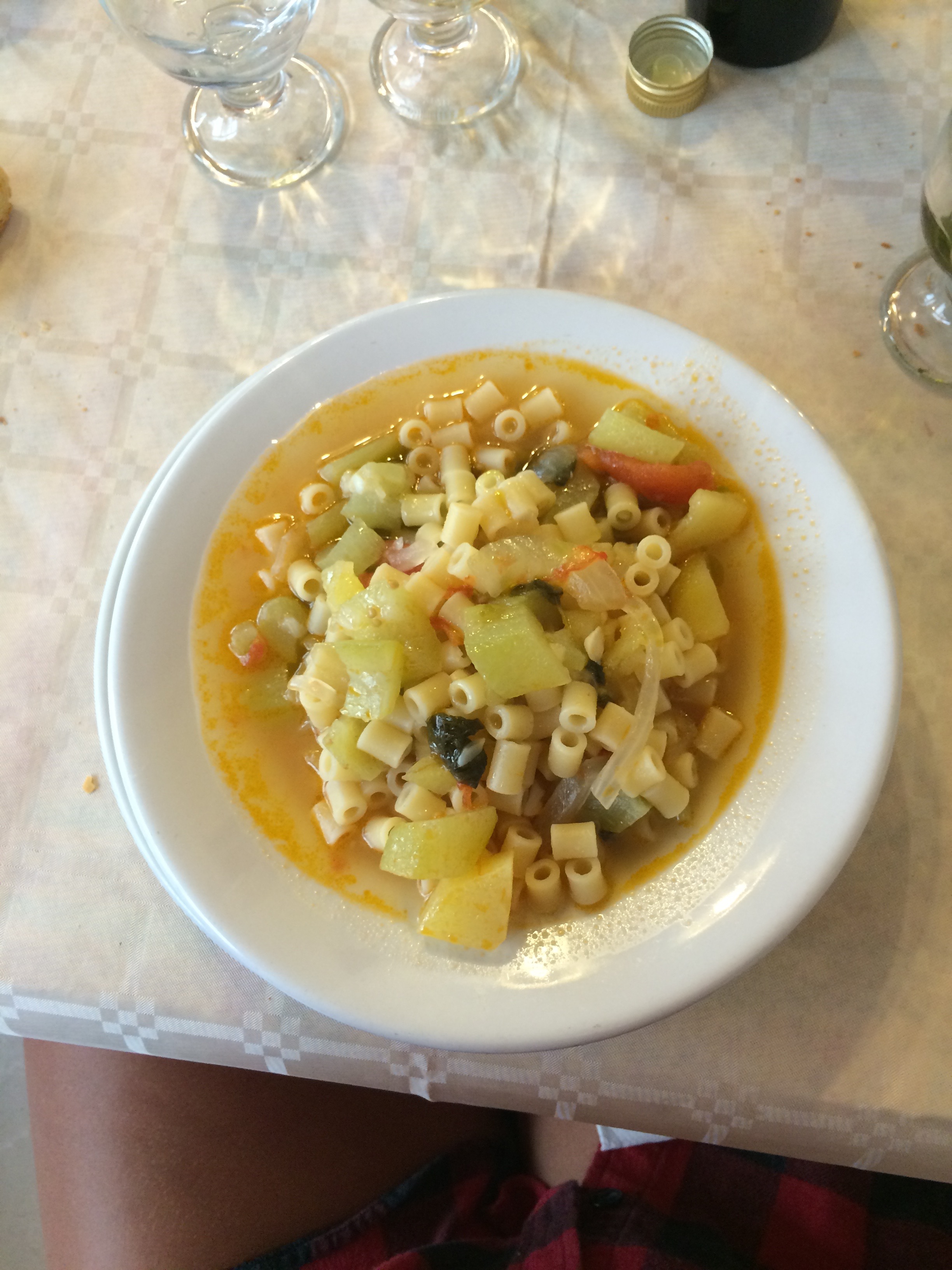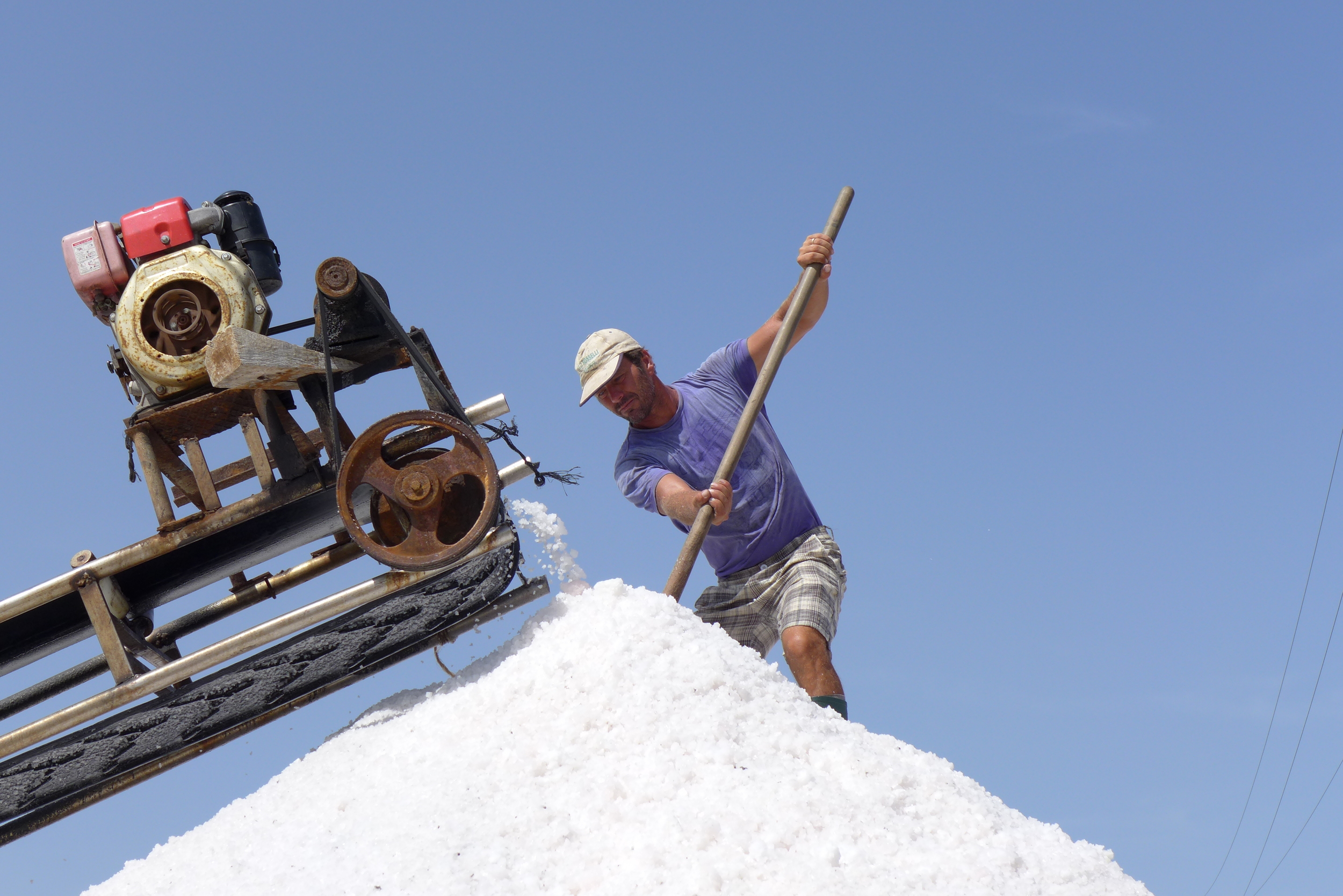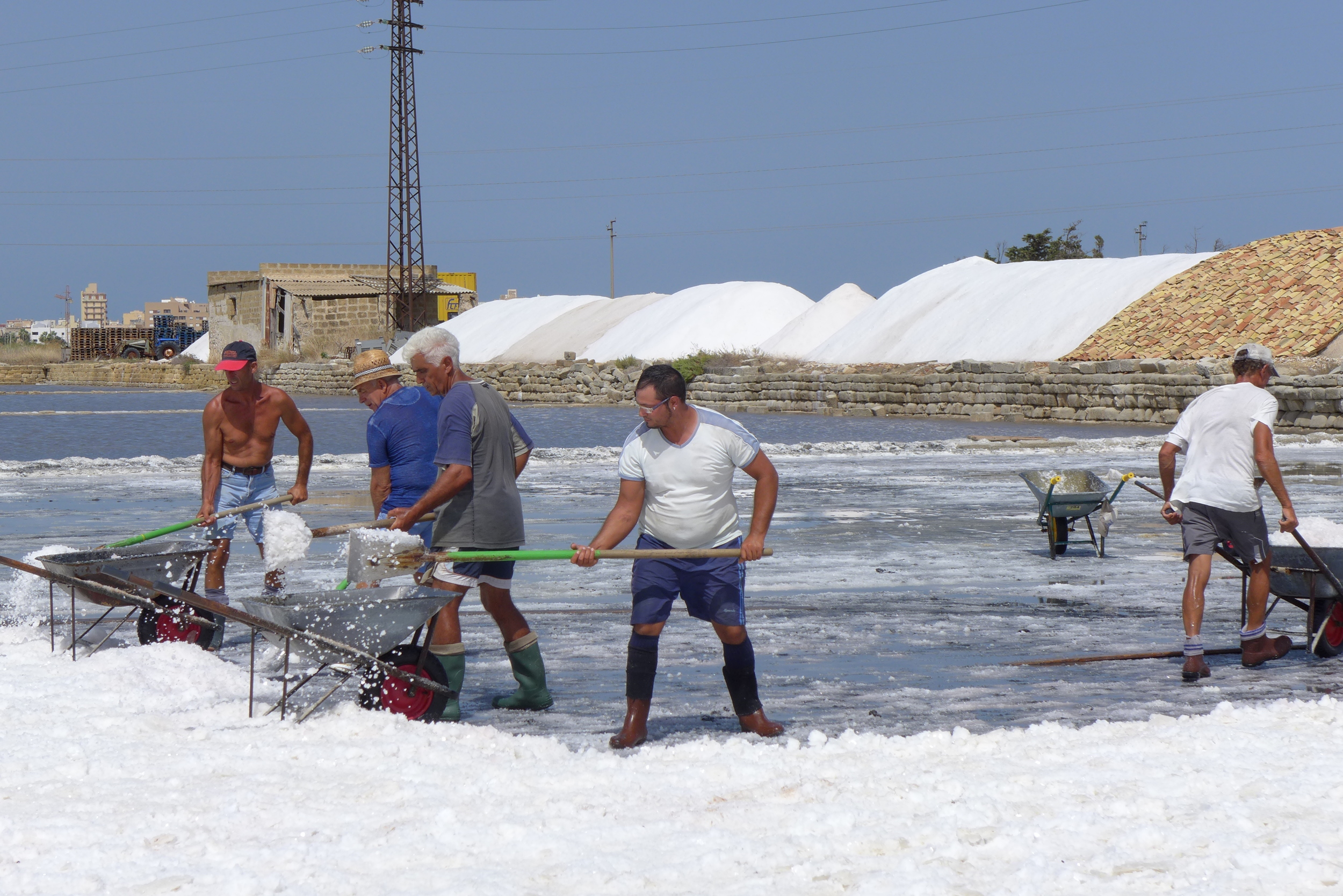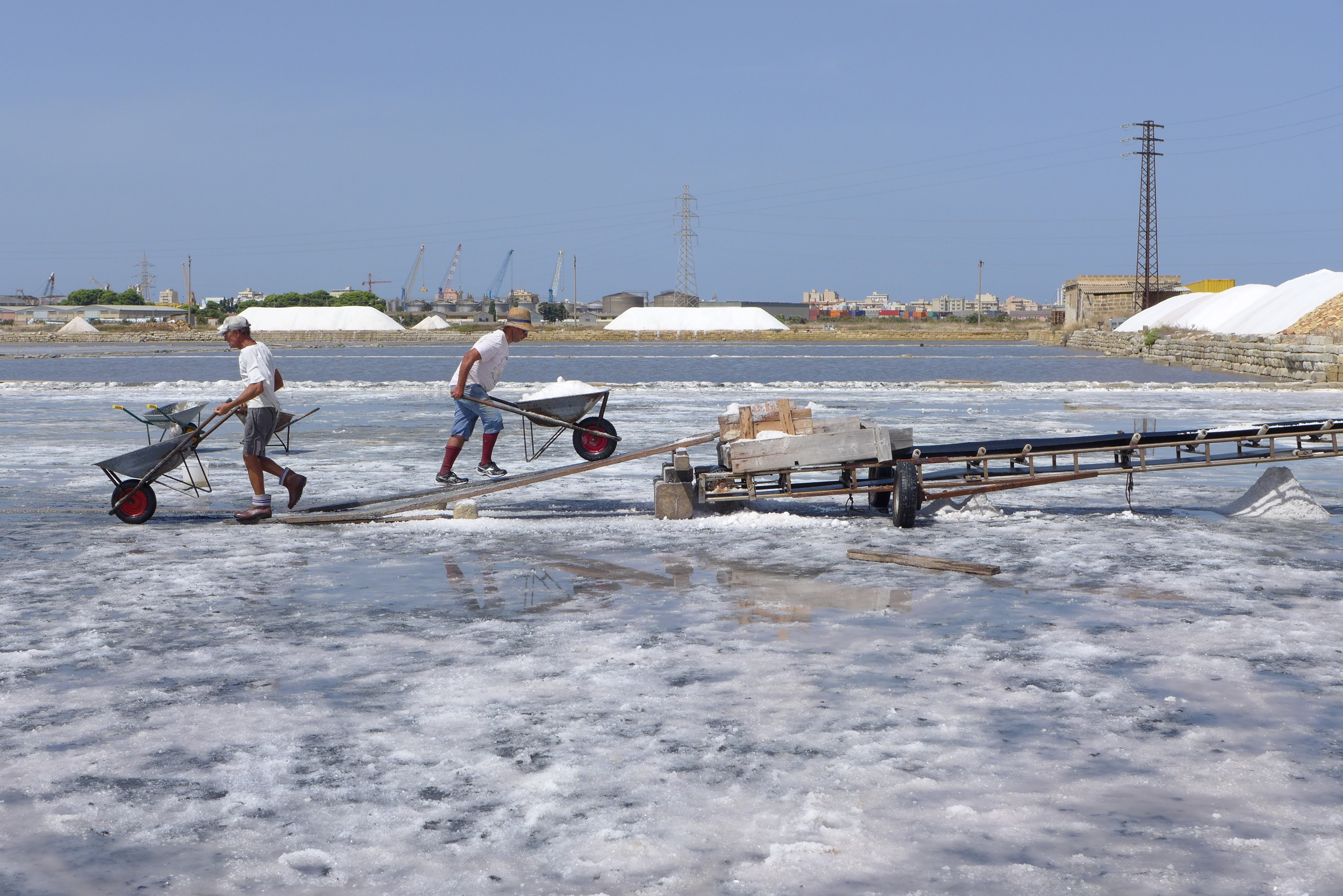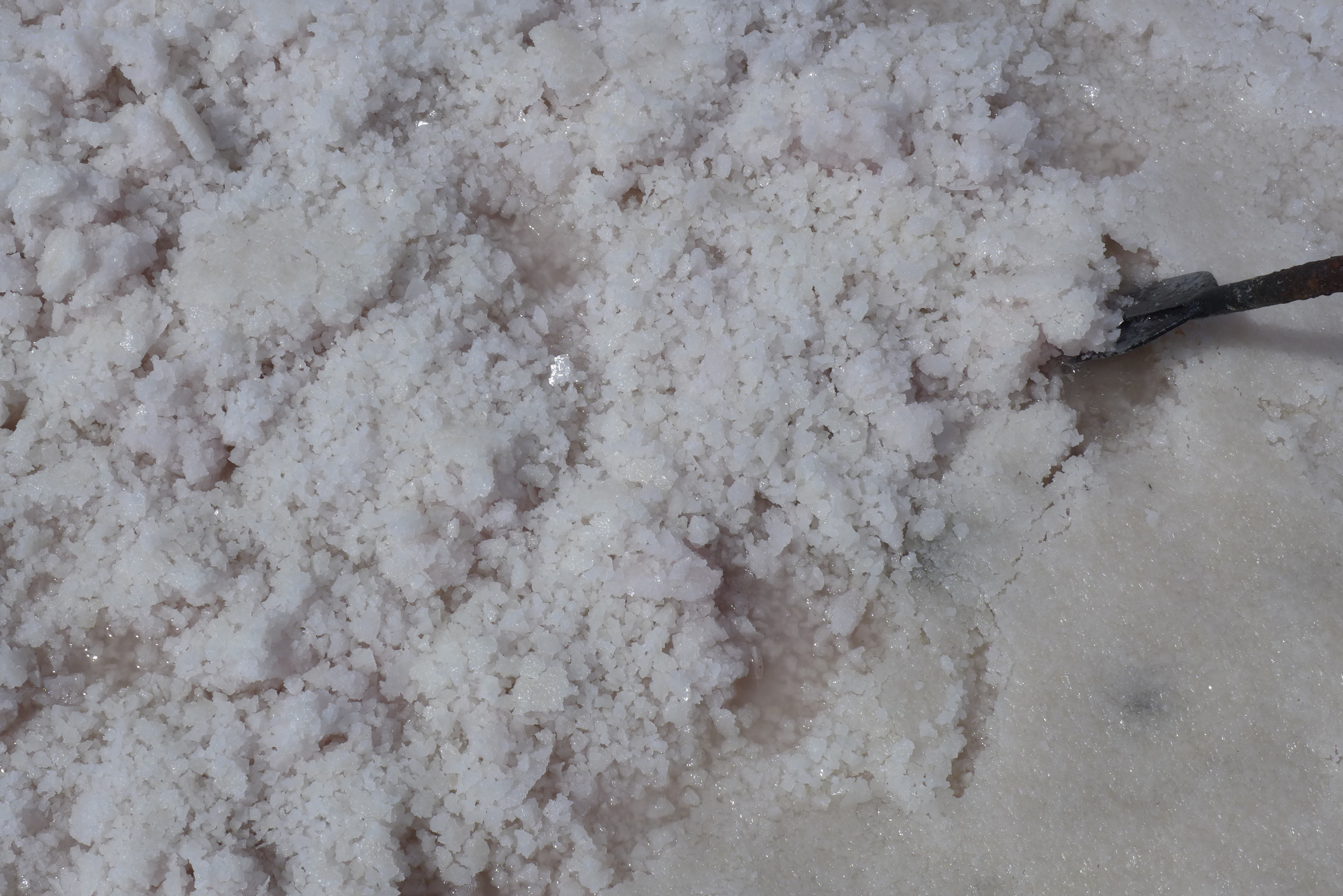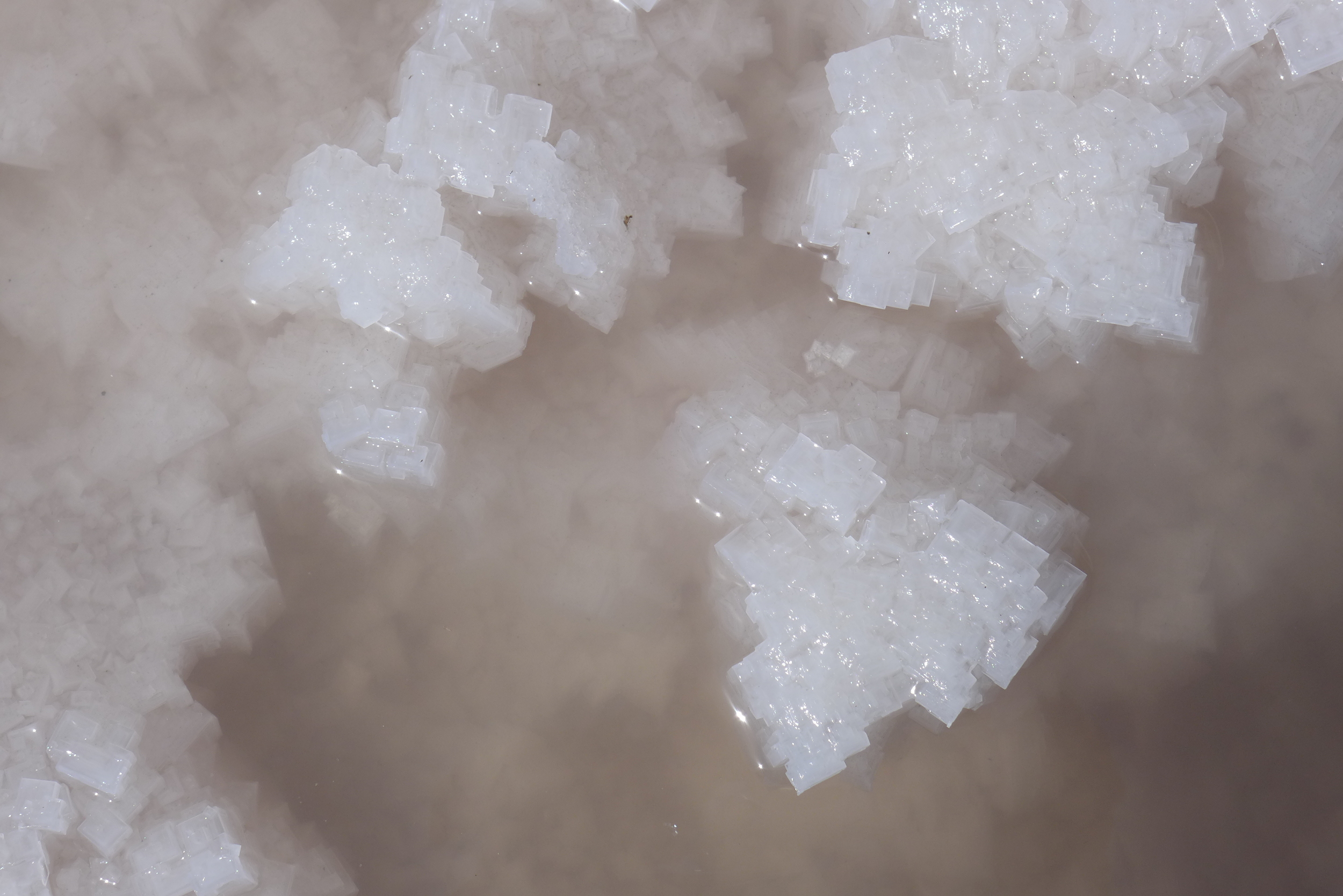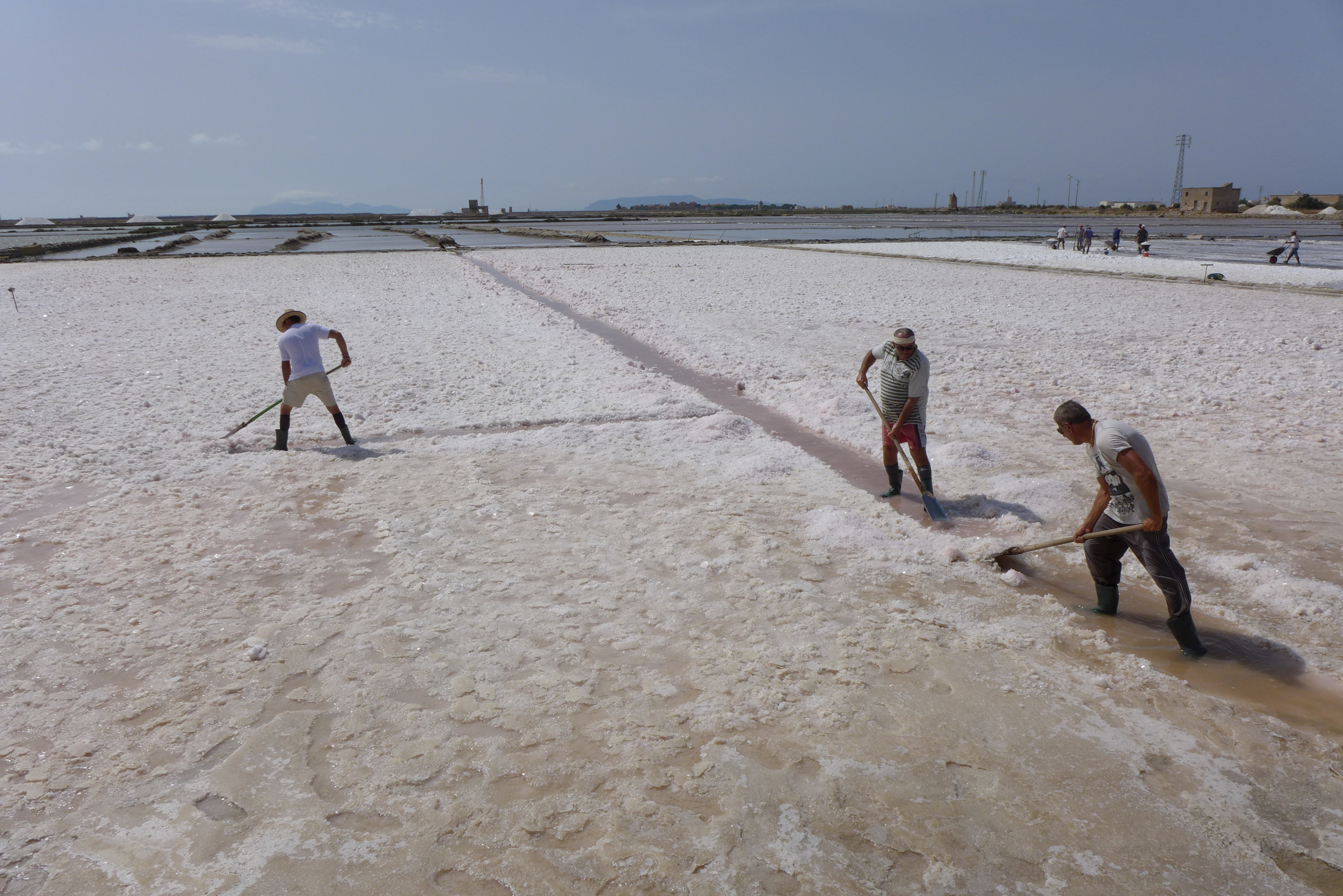Casa Mia: Please tell us how you became a private chef? How did you choose the name “cheeky chef”?
Linda Sarris: The Cheeky Chef was originally a food blog that I started while traveling in college. I worked on a cruise ship with people from all over the world and they bestowed upon me the name Cheeky because of my light-hearted but brazen attitude. I worked in book publishing at Random House before my hobby of food blogging became too big for me. I changed careers at the age of 25 and graduated from The French Culinary Institute. After short stints with a few restaurants, I was drawn to private dining. When I was starting out, a company called KitchenSurfing would help place private chefs with people who wanted to have dinner parties. I launched my private cheffing business and gathered my first clients with the help of that website. Now I am working as a freelance private chef in New York City cooking for several female CEOs, my blogging has evolved into Instagram, and I travel often for food projects in Italy.
CM: Where does your love of Sicily come from?
LS: I landed in Sicily by chance with no knowledge of Italian language and really no interest in cooking Italian food. I was selected for a scholarship through the Women Chefs and Restaurateurs organization that magically placed me into the hands of my mentor Fabrizia at the cooking school started by her mother, Anna Tasca Lanza. With the time I spent working there and the countless trips over the last 6 years, I’ve realized and openly accepted that Sicily is my happy place. There’s that initial feeling we all get when we travel abroad that makes us think we want to buy a bicycle and ride through Paris wearing a beret and swinging around a baguette for the rest of our lives. Well babe, that’s not real life. My love for Sicily didn’t start when I first arrived, it’s something that’s taken time and just keeps growing and growing with every visit. It’s the little things and patterns you start to recognize that connect you with a place –– like the way I’m obsessive now about wiping off my shoes before going into anyone’s home.
I’m made of Mediterranean roots, so there is a comfort of being in a land where people look like me, they warmly want to hug and kiss you, accept you even if you’re not from there and appreciate your attempts on speaking their language. I’m in love with the way Italian culture (and specifically southern Italian) has a natural desire to feed and share things with you.
CM: Tell us about SNACKsicily. How was the idea born and how has it evolved?
LS: SNACK is a project I have been working on for about two years. I have been dreaming of putting together a guide for food and wine that is specifically focused on ingredients. It will be something with a longer shelf life than a travel guide to restaurants and hotels, because to be honest in Sicily, we never really know how long these places will last. I have taken a few extensive research trips to visit producers, meet winemakers, travel to nearly every area of the island, and gather the information I need to put this together. This year, I will be self-publishing a small printed mini-magazine under the name SNACK Sicily with the hopes to turn it into a book eventually and even branch out with the SNACK brand and write about other regions. You can follow all things SNACK related on Instagram via @snacksicily.
CM: What are your 3 favorite Sicilian dishes to cook?
LS: I like to cook with Sicilian ingredients and play with the way I mix and match their flavors together. There is always something crunchy like almonds, pistachio or toasted breadcrumbs and of course an abundance of fresh seafood or salty flavors like capers, olives, bottarga or anchovies. One of my favorite techniques I have learned from eating my way across Sicily is the idea of “agrodolce”. It’s not just a marriage of flavors but more of a forbidden love affair between sweet and sour. They just can’t stay away from each other. My top three dishes are pasta con le sarde, panelle, and I have become a serious snob when it comes to cannoli. A proper cannolo has perfectly-fried homemade shell and it must be filled with sweet ricotta cream just before you eat it so it doesn’t become soggy. Also, please stop saying “cannolis”, it’s not a word.
CM: Favorite food memory in Sicily?
LS: One of my favorite food memories was in Pantelleria, an island that belongs to Sicily but is actually closer to Tunisia. We took a small boat around the island to go snorkeling and swimming all day. I plucked sea urchin and patelle from the rocks below and brought them into our boat to quickly cut open and eat with our hands. With small scissors, I remember carefully opening up the spiny sea urchin and discovering the bright orange meat inside. Patelle are sort of like single-shelled oysters that have a beautiful mother-of-pearl inside. You have to dive down wearing a snorkel mask and with a small knife to shuck them off of the side of the rocks that they hold on so tightly to. Many of my best food memories involve something that happened outdoors and usually without plans or silverware.
CM: If I could only visit one location in Sicily where would you recommend?
LS: This is the toughest question and will for sure offend somebody. If Sicily was my family, how could I possibly pick my favorite child? I would recommend visiting Palermo on your first trip. It’s easy to get there and just a quick bus ride to the sandy beaches of Mondello. Palermo might not be for everyone but it’s the city where I feel you can get an overview of the food, the people, and the history of the island. You’ll find some of the best outdoor markets, so many types of streetfood, great nightlife, a growing art scene and a beautiful mix of Sicilian, Sri Lankan, and North African people. Palermo has unparalleled layers of Norman-Arab-Byzantine architecture all over the city and if you can embrace her gritty loud perfectly Sicilian exterior, you’ll come to love Palermo just like I do.
CM: Is there anything else that you’d like to share with our readers?
LS: Think about visiting Sicily on your next trip to Italy. It’s not usually a traveler’s first thought, but it’s so much more interesting than taking 10 trips to Tuscany. There is more to Sicily than what you know from The Godfather. It’s truly a magical island with incredible food, breathtaking landscapes, unique wines, some of the most beautiful beaches, and the warmest people I’ve met.
You can follow Linda’s Sicily adventures at SNACKsicily or contact Linda at The Cheeky Chef.
